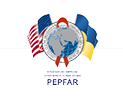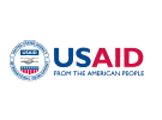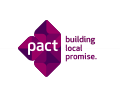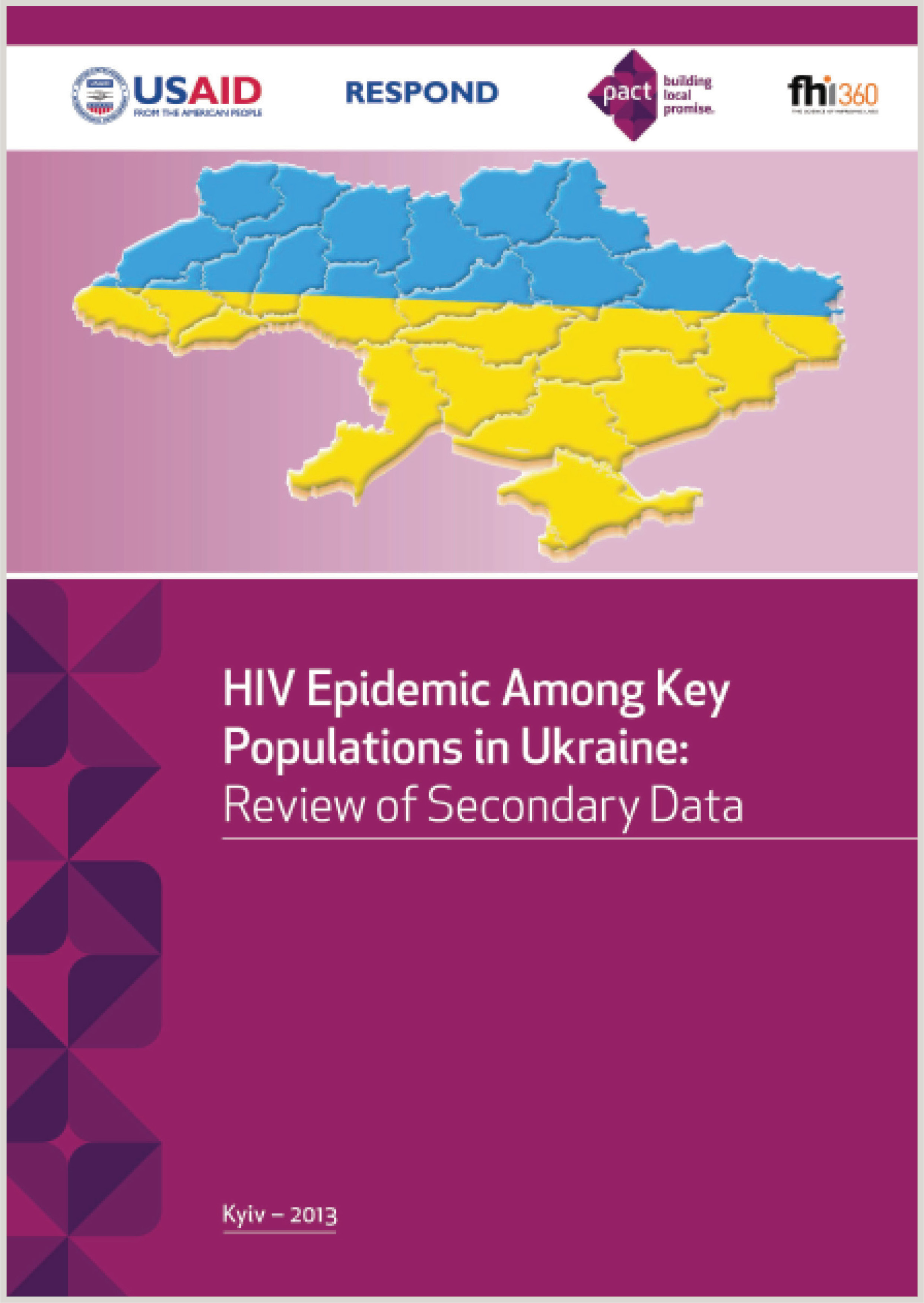 |
This report summarizes findings from national assessments, bio-behavioral surveillance, and program reports by key populations: people who inject drugs (PWID), female sex workers (FSW), men who have sex with men (MSM), prisoners, most-at-risk adolescents (MARA) and people living with HIV (PLHIV). For each key populations, four main topics were reviewed and available data summarized: epidemiological data, behavioral and contextual information, legal and policy frameworks, and intervention and service coverage. |
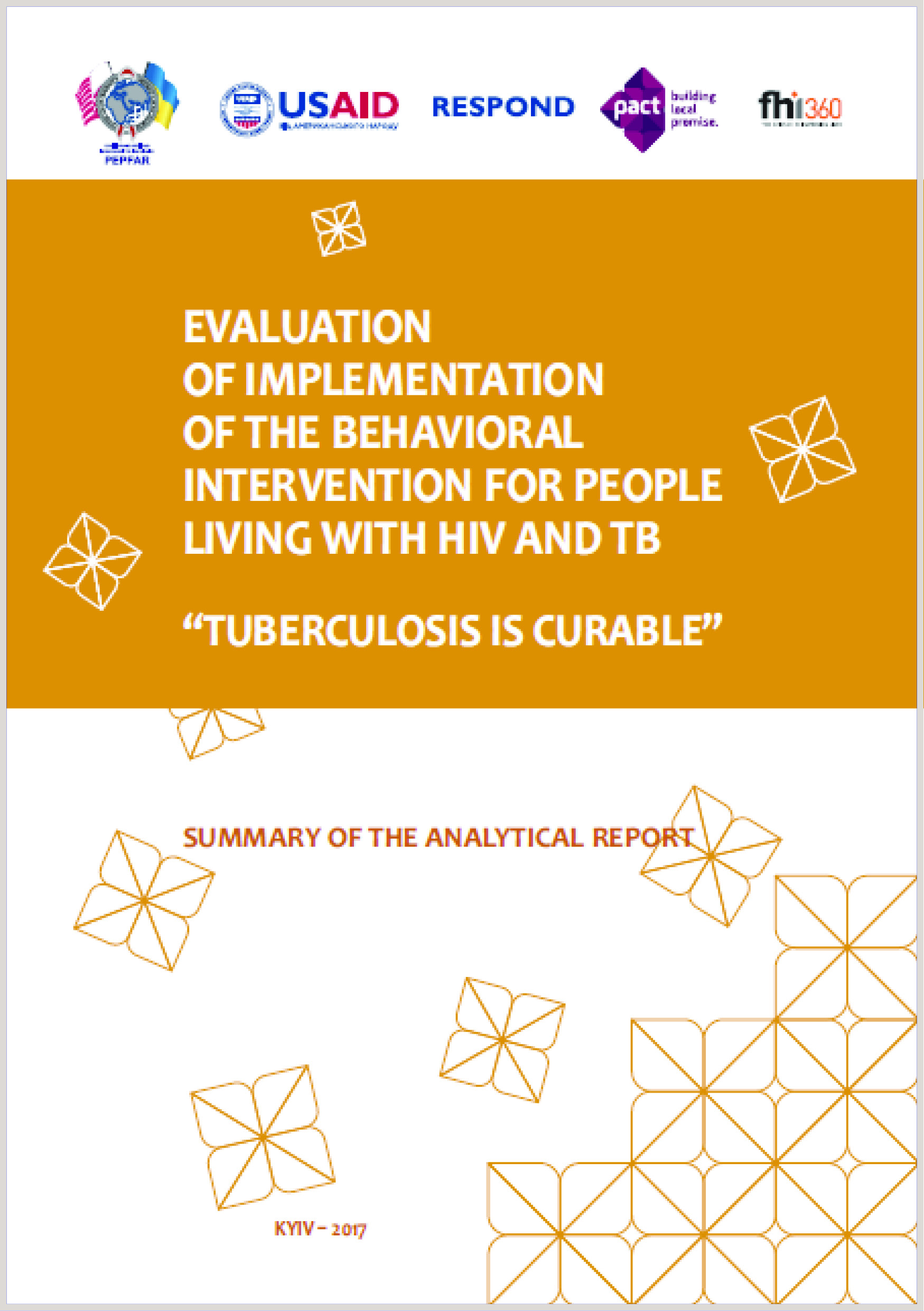 |
This publication contains key findings from the feasibility, fidelity and effectiveness study of the implementation of the Tuberculosis is Curable intervention. The intervention was designed in Ukraine for people living with HIV and tuberculosis to build adherence to TB treatment. The publication may be useful for NGO managers, researchers and social workers interacting with PLHIV. |
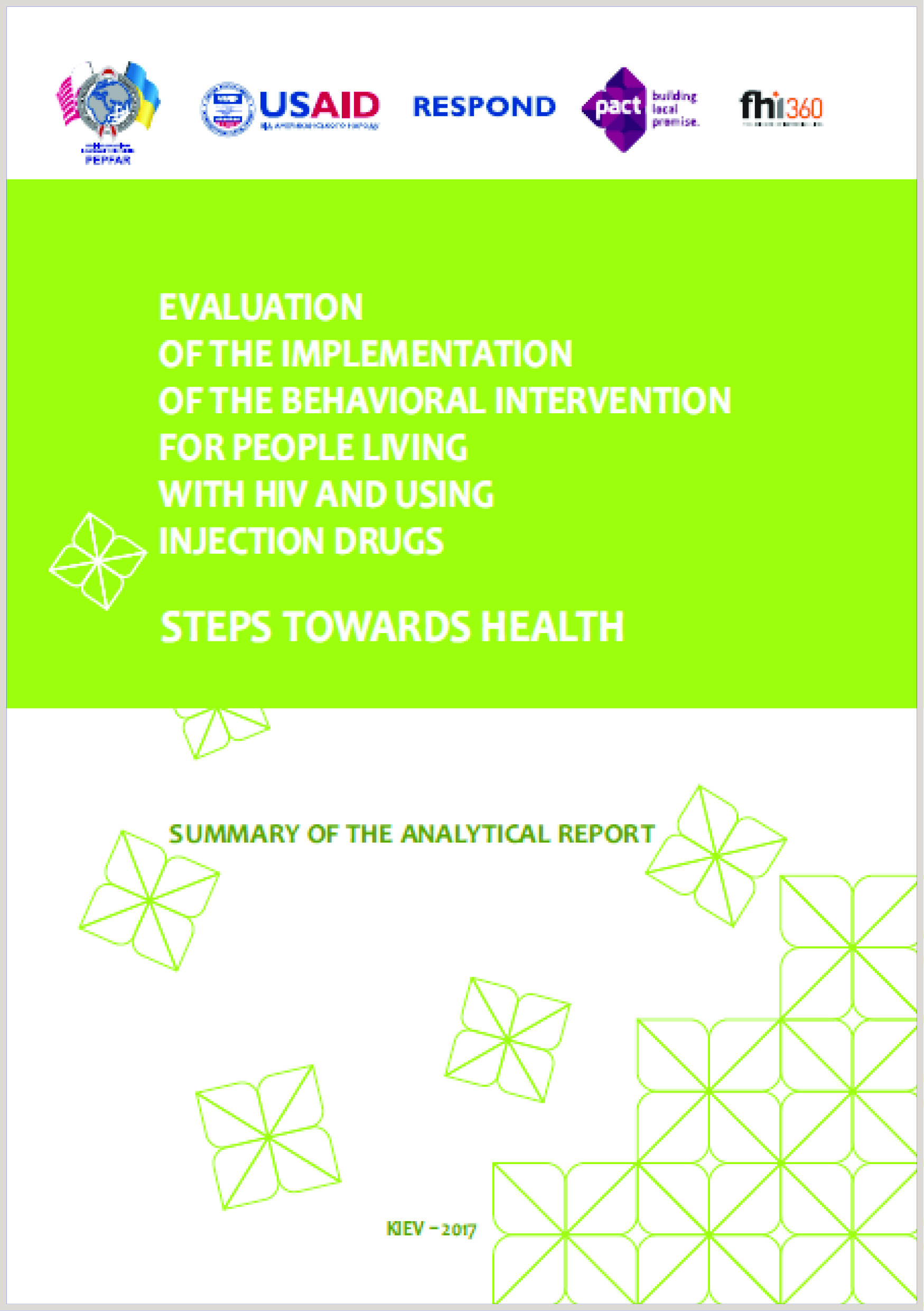 |
This publication contains key findings from the feasibility, fidelity and effectiveness study of the implementation of the Steps towards Health intervention targeting PLHIV who inject drugs. The intervention was designed in Ukraine to build adherence to medical services among PLHIV/PWID. The publication may be useful for NGO managers, researchers and social workers interacting with PLHIV who inject drugs. |
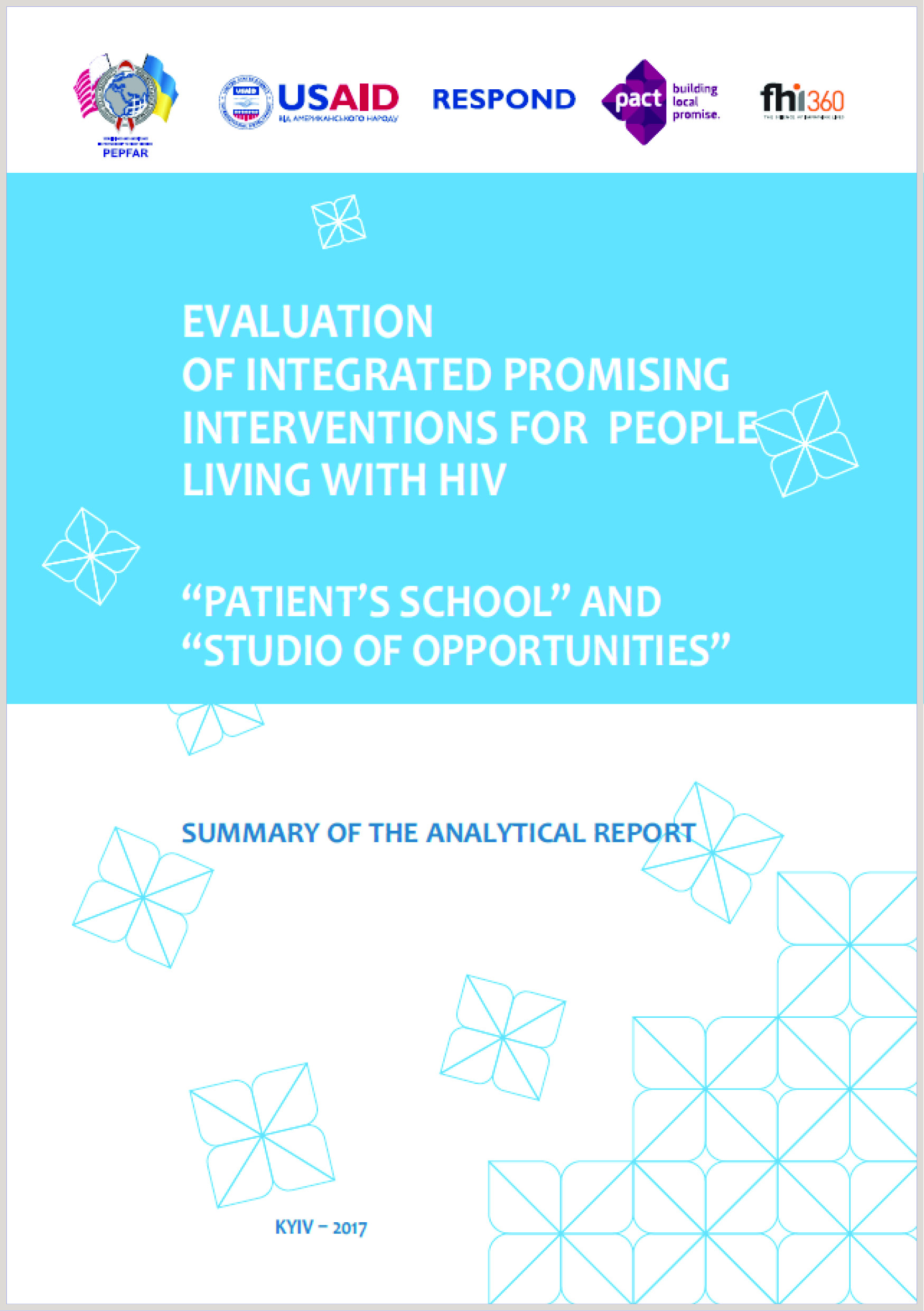 |
This publication contains key findings from the evaluation of the feasibility, fidelity and effectivenss study of the implementation of the promising integrated intervention designed in Ukraine for PLHIV who are being prepared for ART or exhibiting poor adherence to treatment. The publication may be useful for NGO managers, researchers and social workers interacting with PLHIV. |
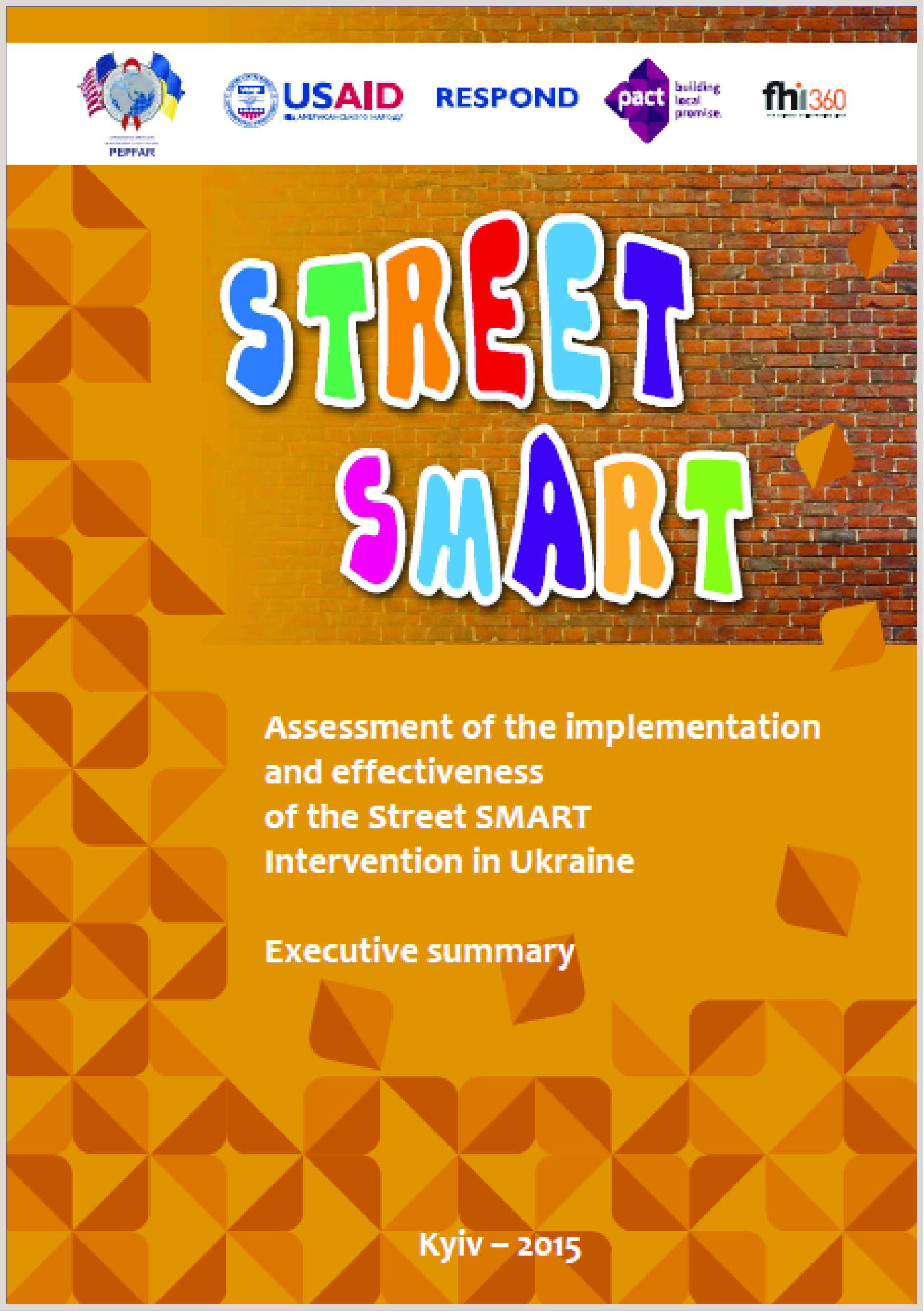 |
This publication contains key findings from the feasibility, fidelity and effectiveness study of the implementation of the Street Smart intervention targeting adolescents practicing HIV risky behaviors. The report provides recommendations on improving the effectiveness of this intervention in Ukraine, while it has proven its effective elsewhere in the world. The publication may be useful for NGO managers, researchers and social workers interacting with adolescents most at-rick of HIV. |
